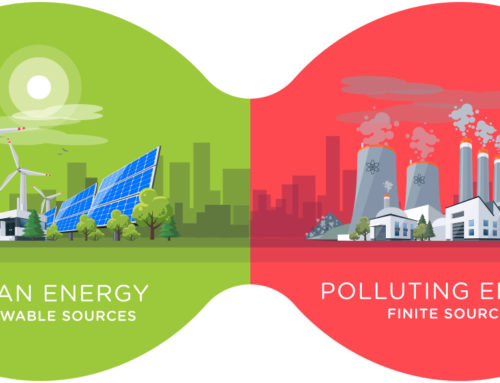Solar Storage Batteries become part of the Energy Efficiency Incentives Funding in the State of Massachusetts: Reducing the Cost of Energy Storage and Setting Precedent Nationwide.
The State will use energy efficiency funds to enable battery storage, reducing cost during peak demand.
Massachusetts becomes the first state to implement the policy in the U.S and other states should follow, according to a new report published by Clean Energy Group (CEG).
Read Document
- The state integrates energy storage as an active demand reduction measure in its energy efficiency-funding program, and it advises on what easy steps other states can take to do the same.
On January 2019, the state’s action was supported with an original economic analysis prepared by CEG.
“Energy Storage: The New Efficiency ― Ways States Can Use Efficiency Funds to Promote Battery Storage and Flatten Costly Demand Peaks” An Executive Summary describing its findings and advise from the report are also available at the prior link.

The report shows all the steps Massachusetts took to become the first state to include energy storage technologies into its energy efficiency plan.
1. Expands the goals and definition of energy efficiency to include peak demand reduction.
2. Shows that customer-sited battery storage can pass the required cost-effectiveness test.
It also determined that battery storage would have been found to be even more cost-effective had the non-energy benefits of batteries been included in the calculations.
The report also includes three original economics white papers developed by Applied Economics Clinic (AEC) under contract to CEG. The white papers explain how battery storage meets the cost/benefit tests that most states use to fund energy efficiency technologies and also defines non-energy benefits for storage, such as resiliency, reduced impacts from power outages, increased property values, job creation, and reduced land use, and for the first time assigns a monetary value to those benefits.
If other states were to adopt these policies, enabling battery storage to become part of their energy efficiency funding, it could significantly reduce the up-front capital costs of storage and greatly reduce the cost during peak demand.
“As more renewable energy is deployed, reducing peak demand becomes more important. Battery storage can do this, while traditional efficiency measures can’t. States need to expand their efficiency plans to embrace peak demand reduction and the new technologies, like battery storage, that can accomplish it.”
Todd Olinsky-Paul, a project director CEG
Said report author Todd Olinsky-Paul, a project director with Clean Energy Group.
“Energy efficiency programs always have included new energy technologies,”
Lewis Milford, president of CEG
said Lewis Milford, president of CEG who has been working on energy programs for thirty years.
“Storage is now a technology that deserves early stage funding support, a trend that other states should follow to bring down their energy costs and bring more customers into this emerging storage market.”
Lewis Milford, president of CEG

Other states and policy makers, who are interested in expanding energy efficiency to include the benefits of behind-the-meter energy storage, should look into the insights the report provides. Most states have energy efficiency programs, a whole investment of nearly $9 billion annually. Enabling energy storage to qualify as an efficiency measure would allow the technology greater access to incentives.









